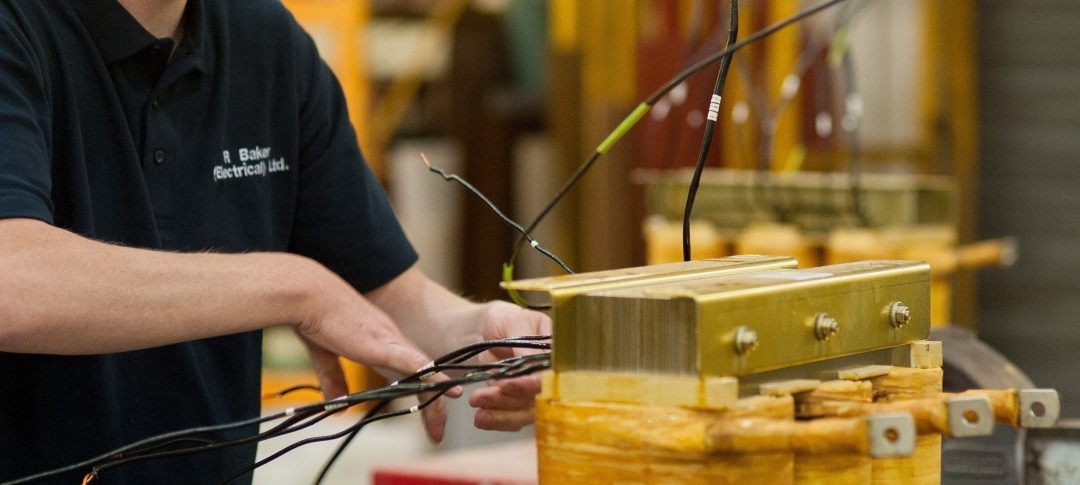How to Reduce Transformer Failure: Focus on Dry Transformers
Dry-type transformers are critical components in electrical distribution systems, offering numerous advantages over oil-filled transformers, such as reduced fire risk and minimal maintenance needs. However, like all transformers, dry transformers can fail if not properly managed. This blog post will explore the common causes of dry transformer failures and provide actionable strategies to minimise these risks, ensuring longevity and reliability in your electrical infrastructure.
Understanding Dry Transformer Failure
Dry transformers can fail due to various reasons, each impacting their performance and lifespan. Understanding these causes is the first step towards effective prevention and maintenance.
1. Insulation Failure: Insulation breakdown is one of the leading causes of dry transformer failure. Unlike oil-filled transformers, which use oil for cooling and insulation, dry transformers rely on air or specialised materials. Over time, these insulating materials can degrade due to thermal and electrical stress, leading to potential short circuits and breakdowns. Regular inspection of insulation materials for signs of wear and tear can prevent sudden failures.
2. Overloading: Dry transformers are designed to operate within specific load limits. Consistently operating beyond these limits can cause excessive heating, leading to thermal degradation of the insulation and other critical components. It’s crucial to monitor the load and ensure it stays within the transformer’s capacity to prevent overheating and prolong its lifespan.
3. Moisture Ingress: While dry transformers are less susceptible to moisture-related issues compared to oil-filled transformers, they are not immune. Moisture can enter through cracks or improperly sealed enclosures, leading to insulation breakdown and electrical faults. Ensuring that the transformer enclosure is adequately sealed and protected from environmental factors is essential.
4. Mechanical Stress: Mechanical vibrations and shocks can cause physical damage to the windings and core of dry transformers. These stresses can occur due to poor installation practices, seismic activity, or nearby heavy machinery. Using vibration dampening mounts and ensuring proper installation can mitigate these risks.
5. Ageing and Thermal Cycling: The natural ageing process of materials used in dry transformers can lead to failures. Additionally, thermal cycling – the repeated heating and cooling of the transformer – can cause expansion and contraction of materials, leading to mechanical and insulation failures over time. Regular thermal imaging and infrared scanning can help detect early signs of thermal stress.

Preventive Measures to Reduce Transformer Failure
Preventing dry transformer failure involves a combination of proper design, regular maintenance, and the use of advanced diagnostic tools. Here are some strategies to consider:
1. Proper Design and Specification: Ensuring that the transformer is designed and specified correctly for its intended application is fundamental. A well-designed transformer that meets the specific requirements of the installation will inherently have a longer lifespan and fewer issues. Consider factors such as load requirements, environmental conditions, and expected operational life when selecting a transformer.
2. Regular Maintenance and Inspection: Scheduled maintenance is crucial for identifying and addressing potential issues before they lead to failure. Maintenance activities should include visual inspections, insulation resistance testing, and thermographic scans to detect hotspots and potential failure points. Implementing a robust maintenance schedule can significantly reduce the likelihood of unexpected outages.
3. Load Management: Monitoring and managing the load on the transformer can prevent overloading and the associated thermal stresses. Using advanced load management systems to track real-time load conditions and implementing load shedding protocols during peak periods can help maintain optimal operating conditions.
4. Environmental Protection: Protecting the transformer from environmental factors such as moisture, dust, and temperature extremes is essential. This can be achieved by ensuring proper enclosure sealing, using moisture-absorbing materials like silica gel, and installing transformers in climate-controlled environments when necessary.
5. Advanced Diagnostic Tools: Utilising advanced diagnostic tools such as dissolved gas analysis (DGA) for moisture detection, partial discharge monitoring for insulation health, and thermal imaging for detecting overheating can provide early warnings of potential issues. These tools enable proactive maintenance and reduce the risk of catastrophic failures.
Conclusion
Dry transformers play a vital role in electrical distribution, and their failure can lead to significant downtime and financial losses. By understanding the common causes of failure and implementing effective preventive measures, you can ensure the reliability and longevity of your transformers.
In summary, regular maintenance, proper load management, environmental protection, and the use of advanced diagnostic tools are key strategies to reduce dry transformer failures. Investing in these practices not only enhances the performance and lifespan of your transformers but also contributes to the overall efficiency and safety of your electrical distribution system.
By staying proactive and vigilant, you can significantly mitigate the risks associated with dry transformer failures and maintain a reliable power supply for your operations.
Need Help? Contact Us!
If you need assistance with your dry transformers, our team of experienced professionals is here to help. We offer comprehensive services including maintenance, inspection, and emergency support. Don’t wait until it’s too late – contact us today to ensure your transformers are operating at their best. Reach out to us at mail@rbaker.co.uk for expert advice and reliable service.

